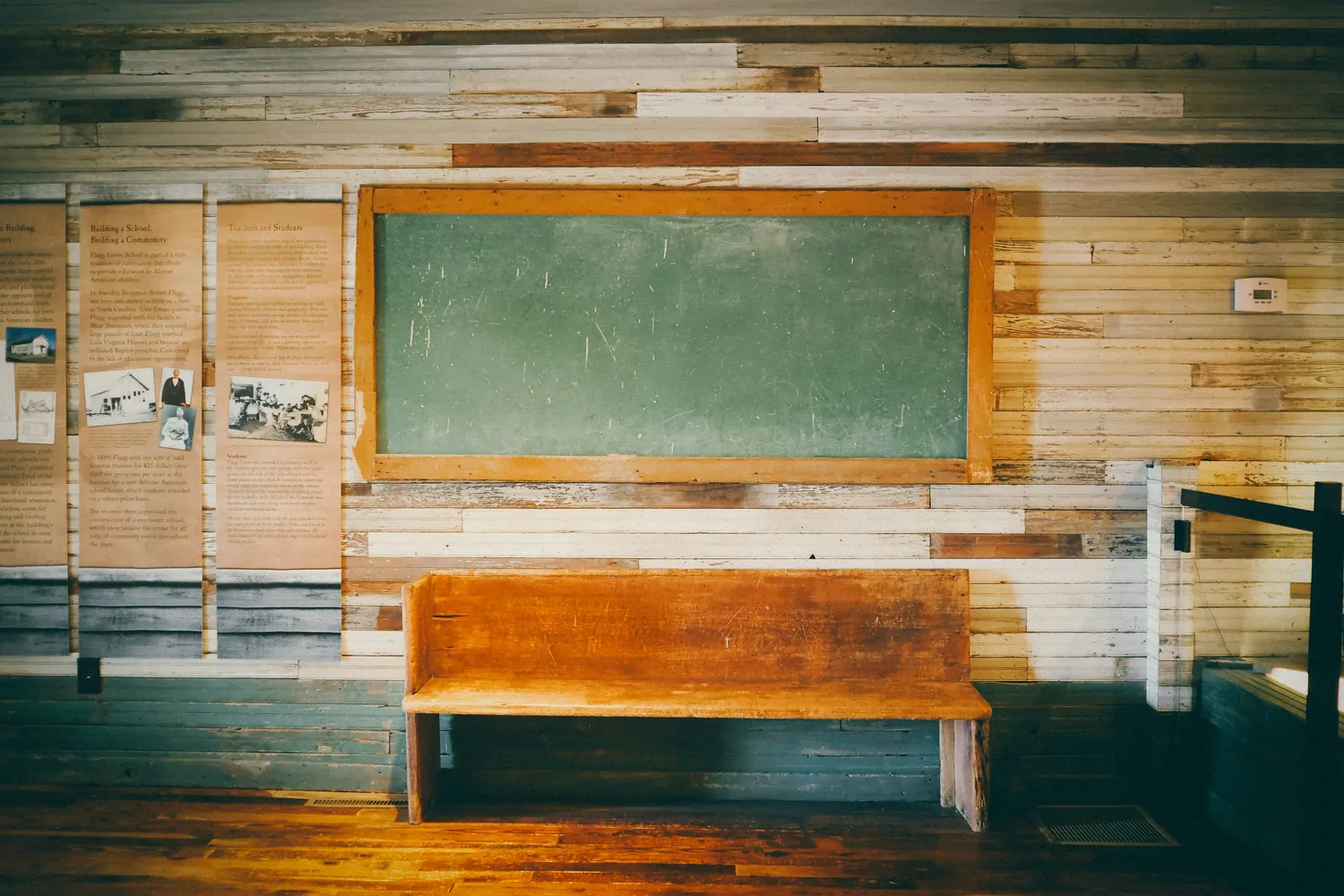Pros and Cons of Montessori vs. Traditional Education Approaches for Children

Understanding Montessori and Traditional Education
When it comes to choosing the right educational approach for children, parents often find themselves at a crossroads between Montessori and traditional education. Each method offers a distinct philosophy of learning, with unique benefits and challenges. Understanding these differences is crucial for making an informed decision.
The Montessori method, developed by Dr. Maria Montessori in the early 1900s, emphasizes child-led learning within a prepared environment. This approach allows children to explore their interests at their own pace, fostering independence and self-discipline.
In contrast, traditional education typically follows a more structured curriculum. It emphasizes teacher-directed instruction, standardized testing, and a fixed schedule aimed at meeting specific educational standards.
Key Differences Between Montessori and Traditional Education
Classroom Environment
The Montessori classroom is designed to facilitate independent exploration and learning. It features multi-age groupings and materials that children can access freely. This setup encourages peer learning and collaboration among different age groups.
Traditional classrooms usually consist of same-age students following a prescribed curriculum. The teacher is the central figure in delivering information, often using lectures or direct instructions as primary teaching methods.
Role of the Teacher
In Montessori education, teachers act as guides or facilitators rather than authoritative figures. They observe students and provide resources that align with each child's individual learning needs.
Conversely, in traditional settings, teachers are seen as knowledge providers who manage the classroom environment and guide the lesson plans. They evaluate students primarily through tests and exams.
Learning Materials and Curriculum
Montessori materials are hands-on, sensory-based tools that allow children to learn through experience. Each material is designed to teach a specific concept or skill.
Traditional education often uses textbooks and workbooks to support the curriculum. Learning is generally more abstract and less experiential compared to Montessori.
The Pros of Montessori Education
- Fosters Independence: Children in Montessori programs learn to make decisions, work independently, and take responsibility for their actions.
- Encourages Curiosity and Creativity: By allowing children to choose what they want to learn about, Montessori education promotes intrinsic motivation and creativity.
- Flexible Learning Pace: Children advance through the curriculum at their own pace, reducing stress associated with rigid academic timelines.
The Cons of Montessori Education
- Less Structure: Some children may struggle with the lack of structure and clear guidance from teachers.
- Varied Outcomes: Because Montessori education is less standardized, it can be difficult to assess the outcomes uniformly.
- Limited Availability: Authentic Montessori programs can be hard to find and often come with high tuition fees.
The Pros of Traditional Education
- Structured Environment: The predictability of a structured schedule can provide stability for some learners.
- Standardized Testing: Offers measurable benchmarks for student progress which can be beneficial in assessing learning outcomes.
- Social Interaction: Being in a classroom with peers of the same age helps develop social skills in a structured setting.
The Cons of Traditional Education
- Lack of Personalization: With a focus on standardized testing and uniformity, there’s little room for catering to individual learning styles or paces.
- Potential for Burnout: High emphasis on grades and testing can lead to stress and burnout in students.
- Limited Critical Thinking: Traditional methods often prioritize rote memorization over critical thinking or problem-solving skills.
Choosing the Right Approach for Your Child
Selecting the appropriate educational pathway involves considering your child's personality, learning style, and personal needs. Here are some steps you can take to make an informed decision:
- Visit Schools: Tour both Montessori and traditional schools to observe classrooms in action. Pay attention to the interaction between teachers and students, classroom setup, and overall atmosphere.
- Assess Your Child's Needs: Consider whether your child thrives in structured environments or if they show a preference for independent exploration. Note their responses to various learning activities at home or in preschool settings.
- Talk to Educators: Speak with teachers from both settings to understand their perspectives on how each approach aligns with your child's needs.
A Real-Life Scenario
Sara is a four-year-old with a curious mind who enjoys exploring new activities but struggles with following strict schedules. Her parents visited both traditional and Montessori schools. At the Montessori school, Sara engaged eagerly with the available learning materials, exhibiting noticeable enthusiasm. In contrast, during a traditional school visit, she seemed less engaged and distracted by the rigid routine. After considering their observations, her parents decided that the Montessori method better suited Sara’s personality and learning style.
Conclusion
No single approach is superior; both have their unique advantages depending on a child's individual needs. It’s essential for parents to weigh these pros and cons carefully against their child's temperament and preferences. Whether opting for the freedom of Montessori or the structure of traditional education, the ultimate goal is nurturing a lifelong love for learning in their child.